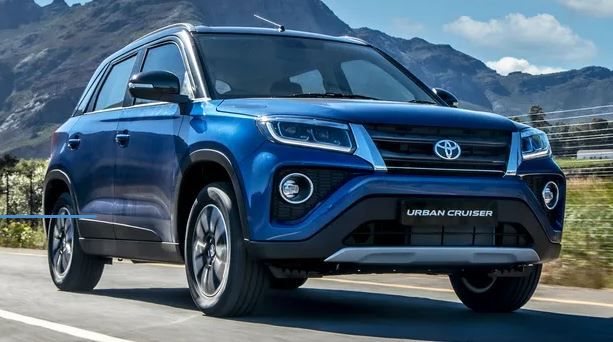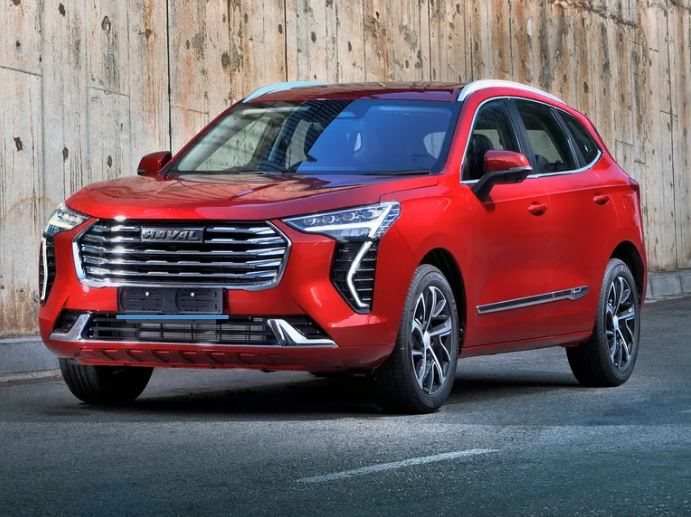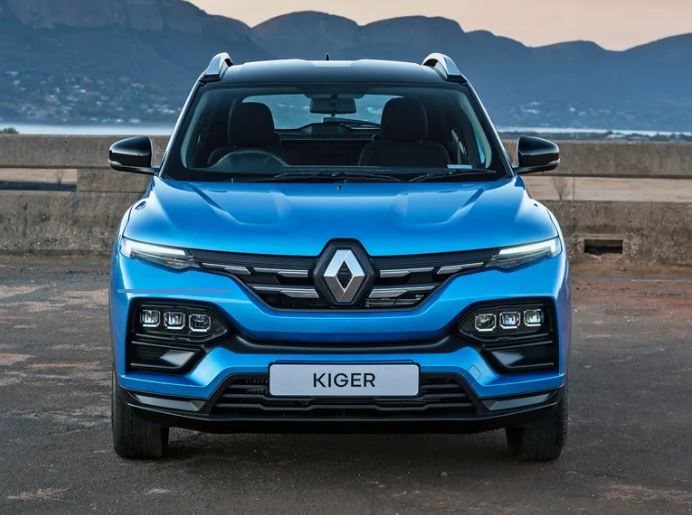BMWs are built in Germany, Toyotas are imported from Japan and Fords are shipped over from the United States, right? Well, though each of these brands has its global headquarters (and indeed large-scale production facilities) in its respective home country, the reality is mainstream automakers have factories dotted all over the globe. In fact, all three of those marques also happen to build vehicles right here in South Africa.
So, that new BMW 2 Series coupé you’re eyeing up is actually screwed together in Mexico rather than Munich. And the Land Rover Defender? Well, it rolls off an assembly line in Slovakia rather than Solihull. This is the way of modern automotive manufacturing.
Thanks to South Africa’s largely robust vehicle-manufacturing industry, most of the country’s best-selling models are produced right here on local soil. In fact, as many as eight of SA’s 10 best-selling vehicles of 2021 were locally built models.
For instance, Toyota builds the Hilux, Corolla Cross, Corolla Quest and Fortuner at its Prospecton plant in KwaZulu-Natal (though is still battling the aftermath of those devastating April floods), while Volkswagen produces the Polo hatchback (including the flagship GTI) and Polo Vivo at Kariega in the Eastern Cape.
So, for the purposes of this exercise, we’ll concentrate on SA’s best-selling imported vehicles and exclude all locally produced models, such as the Silverton-built Ford Ranger, Isuzu’s Struandale-produced D-Max and the Rosslyn-built Nissan Navara, not to mention the BMW X3 and Mercedes-Benz C-Class sedan as well as the Mahindra Pik Up assembled in Durban.
A quick look back at 2021’s import figures
Before we delve into May 2022’s figures, let’s take a step back. According to Naamsa, 262,281 new light vehicles (comprising both passenger cars and light commercial vehicles) originating from 24 countries were imported into South Africa in 2021. Light-vehicle imports as a percentage of total new light-vehicle sales in South Africa increased to 60% last year, despite the popularity of the aforementioned locally built vehicles. If we were to remove light-commercial vehicles from the equation, we’d find passenger-car imports accounted for a whopping 78.3% of total new passenger-car sales.
India was easily the top country of origin in pure volume terms last year, with the 129,364 units shipped over from that country accounting for 49.3% of total light vehicles imported. Yes, virtually half of all light vehicles imported into SA in 2021 were bolted together in the world’s second-most populous nation, where several global brands – Japanese, French and South Korean among them – have set up large-scale production facilities focused on entry-level vehicles.
Owing to the recent local success of the likes of Haval and Chery, China (21,517 units) also gained traction as a country of origin in 2021, placing third just behind Japan (24,152 units). Germany (19,801 units) slipped to fourth in terms of vehicle-import volumes in South Africa, though stayed clear of South Korea (17,478 units). Spain (11,135 units) was the only other country to ship more than 10,000 units into SA in 2021. In import rand value terms as opposed to pure volume terms, India was also the leading country of origin, followed by Germany.
SA’s best-selling imported vehicles of May 2022
So, let’s get down to the nitty-gritty. Which were the strongest-selling imported vehicles of May 2022? Well, once we’ve excluded the SA-built models that typically dominate the top 10, we’re left with an interesting mix of imported vehicles. Still, as expected considering India’s domination as a country of origin, budget vehicles from that country are easily the most common.
Ranking as South Africa’s best-selling vehicle overall for the first time, the Suzuki Swift (1,764 units) was thus also the most popular imported model of May 2022. For the record, Maruti Suzuki manufactures the Swift in Ahmedabad, India. Suzuki likewise produces the second-placed Toyota Urban Cruiser (1,213 units) in India, though this model rolls off the line (alongside the Vitara Brezza) at the Gurgaon facility.
Third place in May 2022 went to the Volkswagen T-Cross (981 units), which is imported from the German firm’s Navarra plant in Spain. The Haval Jolion (975 units) – which is shipped over from Baoding in China – was the fourth best-selling imported model of the month.
Next were the Renault Kiger (962 units), Toyota Rumion (834 units), Renault Kwid (827 units), Suzuki S-Presso (783 units), Ford EcoSport (674 units) and Hyundai Atos (668 units), each one built in India – though mid- and top-spec derivatives in the EcoSport range are actually imported from Romania, with the base models coming from India.
Why is India dominating as a country of India for SA?
So, what are the reasons behind India’s dominance as a country of origin in South Africa’s automotive industry? Well, the most obvious explanation revolves around the fact the local market is a particularly price-sensitive one and India happens to be a leading mass-production hub for budget-friendly vehicles. Local divisions of global brands have identified that these vehicles (when priced smartly, of course) tend to find favour among South Africa’s large group of generally cash-conscious buyers. The right cars for the market (or, more specifically, at the right price), and all that.
In addition, with the two republics having developed significant economic ties over the years, a strong trade history exists; South Africa is billed as one of India’s largest trading partners in sub-Saharan Africa. Of course, it also helps the South Asian country is – just like us – a right-hand-drive market.
With South African consumers bracing for yet more inflationary pressure in the months to come (thanks to further expected increases in the interest rate as well as more pain at the pumps, to name but two factors), it seems exceedingly unlikely India will lose its title of top country of origin any time soon. In fact, unless China manages to significantly increase its slice of the pie, India looks poised to push its share well past half of all light vehicles imported into South Africa by the time 2022 draws to a close.
SA’s 10 best-selling imported vehicles of May 2022
1. Suzuki Swift – 1 764 units
2. Toyota Urban Cruiser – 1,213 units
3. Volkswagen T-Cross – 981 units
4. Haval Jolion – 975 units
5. Renault Kiger – 962 units
6. Toyota Rumion – 834 units
7. Renault Kwid – 827 units
8. Suzuki S-Presso – 783 units
9. Ford EcoSport – 674 units
10. Hyundai Atos – 668 units
This article was originally published on Cars.co.za.



































